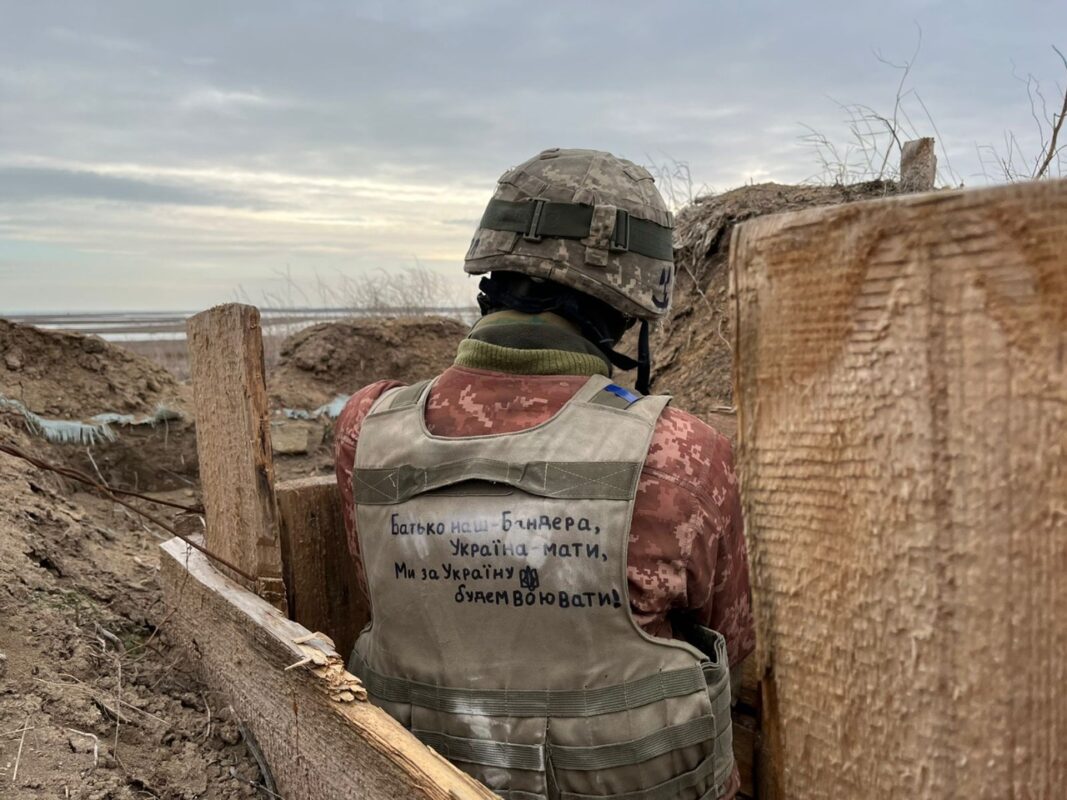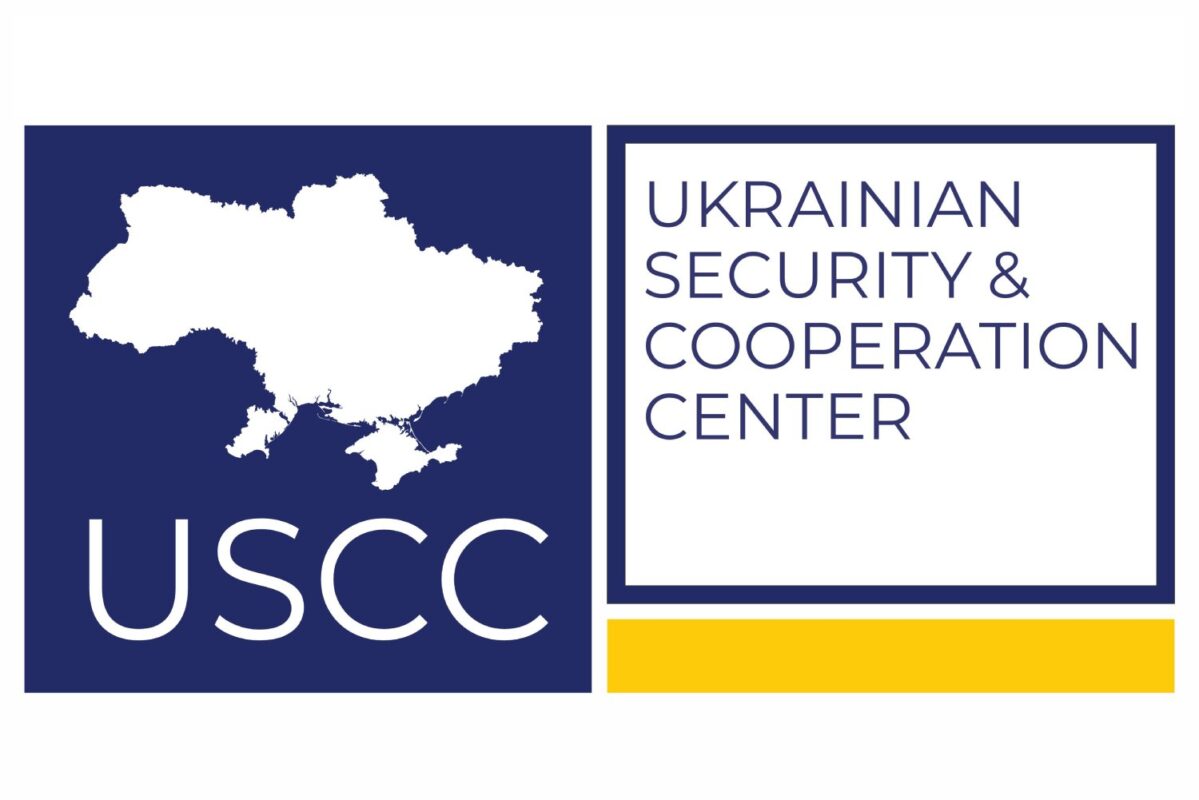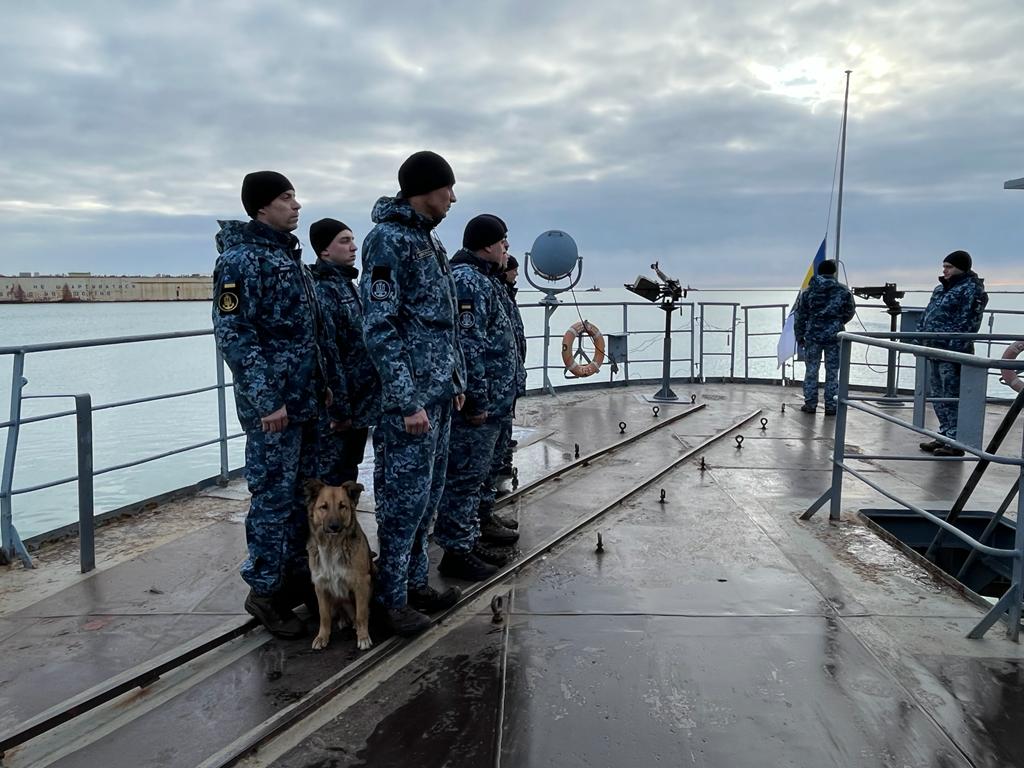As a result of Moscow’s aggressive actions, Ukraine is under siege from several sides. Thousands of Russian military equipment and personnel on the eastern border, occupation troops in parts of Donetsk and Luhansk regions, a military zone instead of the former tourist Crimea and a new threat from Belarus – that’s all without mentioning Russian “peacekeepers” in Transnistria.
Various scenarios are considered under these circumstances. The alleged Kremlin attack on southern Ukraine is one of the most frequently discussed in Ukraine itself, as well as in the Western media and analysis centres.
Recently, a delegation of the Ukrainian Security and Cooperation Center together with the British journalist of “The Guardian” Luke Harding visited the places of possible aggression of the Armed Forces and units of the Russian Federation – from Shyrokyne and Mariupol (Donetsk Region) to the administrative border with occupied Crimea.
There are several reasons why this direction is being discussed:
1. Constant projection of military equipment, training of personnel in the occupied Crimea. Thus, over the years, Russia’s strike capacity on the peninsula has increased 5 times, assault capacity – 2 times (about 30 assault ships and boats), and the number of Russian troops has grown to 37 thousand people. A new air assault regiment has been created in the city of Feodosia.
2. Projection of combat ships of the Baltic and Northern Fleets and the Caspian Flotilla, as well as extremely aggressive behavior of Russians in the waters of both seas (remember last year’s incident with the Ukrainian ship “Donbass” and hysteria of Russian propagandists), overlapping of sea areas under the guise of conducting training;
3. Gross violations by Russia of the UN Convention on the Law of the Sea, abuse of the agreement on cooperation in the use of the Sea of Azov;
4. Conducted trainings to test the offensive in the Azov-Black Sea direction, interaction and joint actions of the Southern Military District of the Russian Federation with the 1st and 2nd Army Corps of the so-called “DPR” and “LPR”;
5. The Kremlin’s desire to solve the water problem in Crimea;
6. The idea to cut off Ukraine from access to both seas, to “build” a land corridor from the Russian Federation at least to the Crimea, at most – to the occupied Transnistria with the occupation of Odessa;
7. Constant aggressive rhetoric towards Ukraine, which is spread through social networks and mass media in Crimea;
8. Attempts at internal destabilization: constant “mines”, spread of fakes and misinformation in the cities of southern and eastern Ukraine in order to polarize society, attempts to increase distrust and dissatisfaction with the Ukrainian authorities. This list could go on and on.

What is Ukraine and the Ukrainian army doing to prevent the occupation scenario?
The constant escalation of the situation by Russian propaganda, news from the US-Russia talks, and Western statements about the “inevitability of aggression” depress not only the local population, but also contribute to psychological pressure on fighters of the Armed Forces of Ukraine.
However, this does not mean that the Russians have managed to achieve the desired effect and our army is demoralized, rather the opposite.
Mariupol direction
Thus, in Shyrokyne, the fighters not only successfully repel the constant attacks of the enemy and are engaged in strengthening the coast of the Sea of Azov, but also prepare for a possible assault attack. Marines, with whom representatives of the Ukrainian Security and Cooperation Center (hereinafter the Center) and Luke Harding spoke at the forefront, directly stated that in the event of an attack by Russians from the sea, “the Azov Sea would turn red from enemy blood”. During the war, the fighters have already thoroughly studied the area, prepared defensive lines and mine barriers, both on the side of the line of contact and the coast. Ukrainian artillerymen prepared for fight on land and sea targets. In addition, the shoal on the Ukrainian side does not allow large Russian ships to maneuver, so an attack from the sea will inevitably lead to significant losses of Russian troops before landing.
In Mariupol, patriotic residents are reliably covering the rear of the Ukrainian military.
“In 2014, the city was under the occupation of Russian armed forces for several months, so everyone could see all the nightmares of Putin’s “Russian World”. When the Russians shelled the town from “Grad” in 2015 and stormed the Ukrainian line of defense several times to retake the town, we were already preparing “Molotov cocktails” for a new meeting with the occupiers. Now my friends and I are constantly training in territorial defense and are ready to resist the enemy”, said the fighter of Territorial Defense Battalion “Skif”.
“The Guardian” Luke Harding: Fear and defiance on Ukraine’s frontline: ‘We don’t like dictators here’
“The administrative border with the temporarily occupied Crimea is not much different from the Ukrainian positions in the Donbas. The only difference is that the enemy has not yet started firing. We know about every step of the Russians on the peninsula, because we have an extensive system of informants. These are both civilians dissatisfied with the occupation and servicemen who were forcibly drafted or who signed a contract due to the lack of other earnings in the “Russian Crimea” ghetto. Therefore, the probable offensive will not be a surprise for us, because we will have time to be in the right place and at the right time. We are ready for battle. Not without reason the soldiers write on their bulletproof vests: “Our father is Bandera, Ukraine is our mother. We will go to fight for Ukraine”. The army is loyal to its people”, commented the situation the Sergeant of the Armed Forces Brigade Staryi.
“The Guardian” Luke Harding: We are ready for whatever comes’: on the Ukraine frontline
This is definitely not the year of 2014 and Russians definitely wouldn’t be blessed with such an easy entry as they were back then. The confidence and support of the Western Allies and the interest in the topic on the part of the world’s leading media are reinforced. For example, Luke Harding has been at the forefront of the Ukrainian military for the second time in two months. So readers of “The Guardian” will know that Ukraine and Ukrainians are fighting and defending not only their own land, but the whole Europe, and therefore worthy of the support of the entire international community.
“There are currently enough Russian forces on the borders to launch a swift attack and inflict significant losses. But there are not enough forces to win. Ukraine had 261,000 troops and 400,000 military veterans, as well as surface to air missiles and new antitank weapons delivered this week by the UK. It has mined the coast along the sea of Azov and installed anti-ship missiles. A Russian amphibious landing would incur huge losses,” Serhii Kuzan, the Chairman of the Ukrainian Security and Cooperation Center for The Guardian.
Given the experience of Ukrainians in the fighting in the eastern Ukraine (in particular, the military operation in Debaltseve in 2015), we (perhaps the only ones) have a clear understanding of how to fight against the Russians. And with a sufficient number of ATGMs and SAMs, the Ukrainian army will be able to inflict enough damage on Russian military equipment in order to make the offensive deep into Ukraine unpromising.

